Depressive Disorders: Update on Diagnosis, Etiology, and Treatment
- The DSM-5 includes new specifiers, such as mixed features, anxious distress, and peripartum onset. This addition will be helpful in making treatment-planning decisions related to suicide risk and treatment.
- Neuroimaging findings showed that individuals with depressive disorders display alterations in the activity and connectivity of brain regions underlying reward and memory. This could explain symptoms such as reduced happiness, pleasure, and negative memories.
- Neuroimaging techniques are gaining in importance in predicting treatment response and risk of relapse. For instance, patients with higher amygdalar activity are more likely to respond to psychotherapy.
- There is no “one” way of treating depression, and treatment should be personalized. There are a number of effective treatments, including pharmacotherapy and psychotherapy (separately or combined) and neurostimulation. It is important that health professionals help patients find the right treatment for their needs.
- Neuromodulation techniques such as vagal nerve stimulation and transcranial magnetic stimulation have been shown to have beneficial therapeutic effects. They are, however, long-term therapies, and medications are needed to manage some residual symptoms.
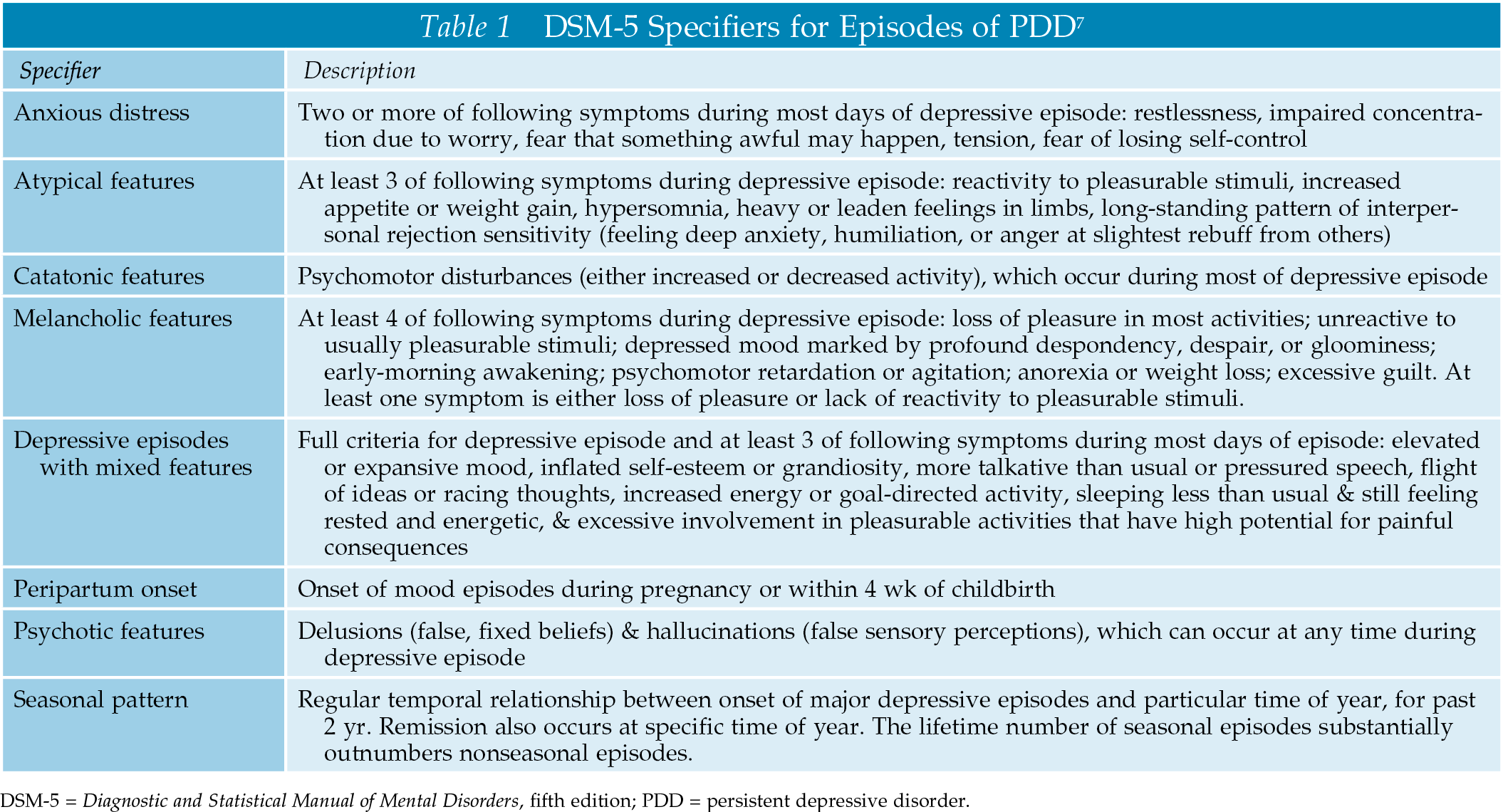
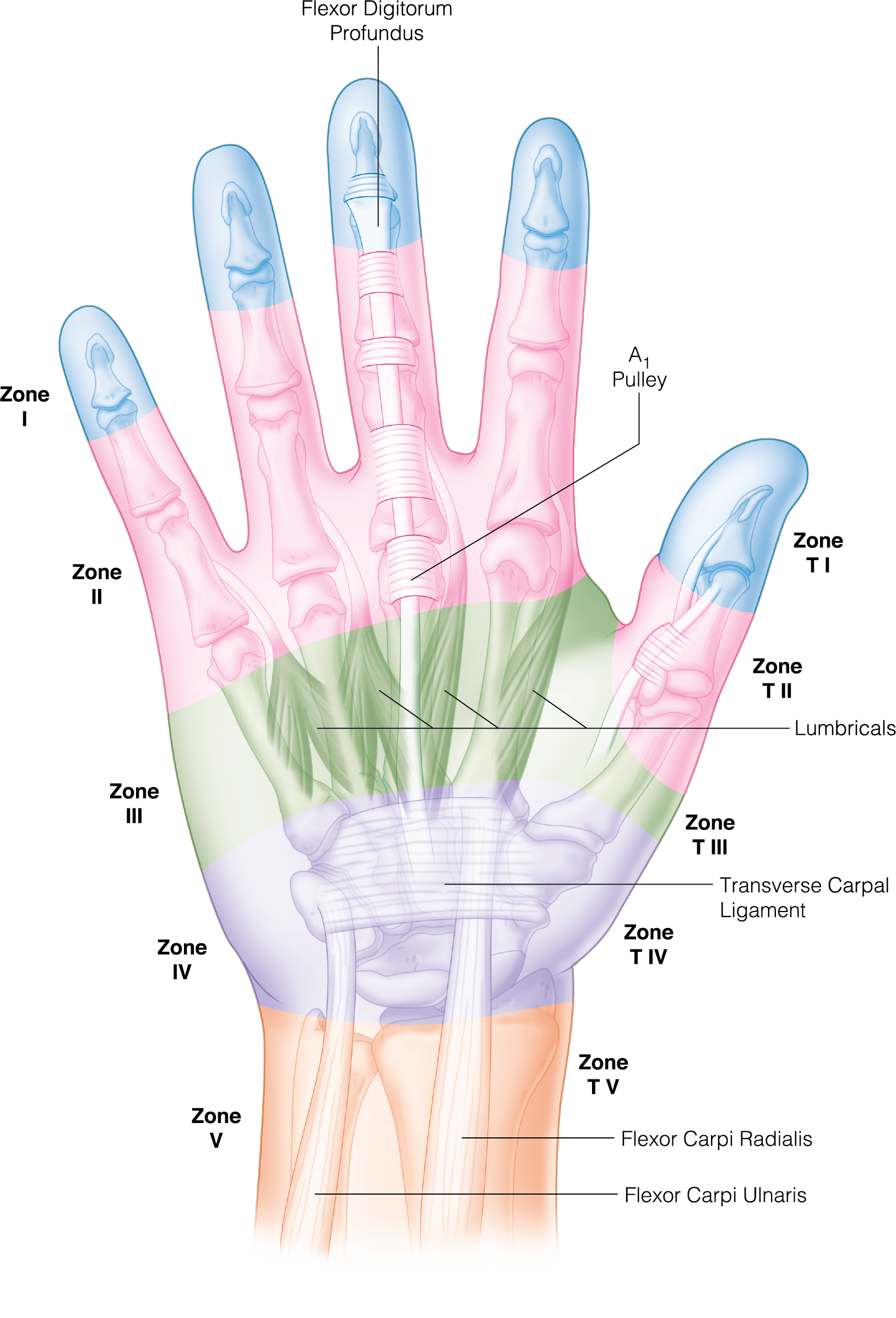
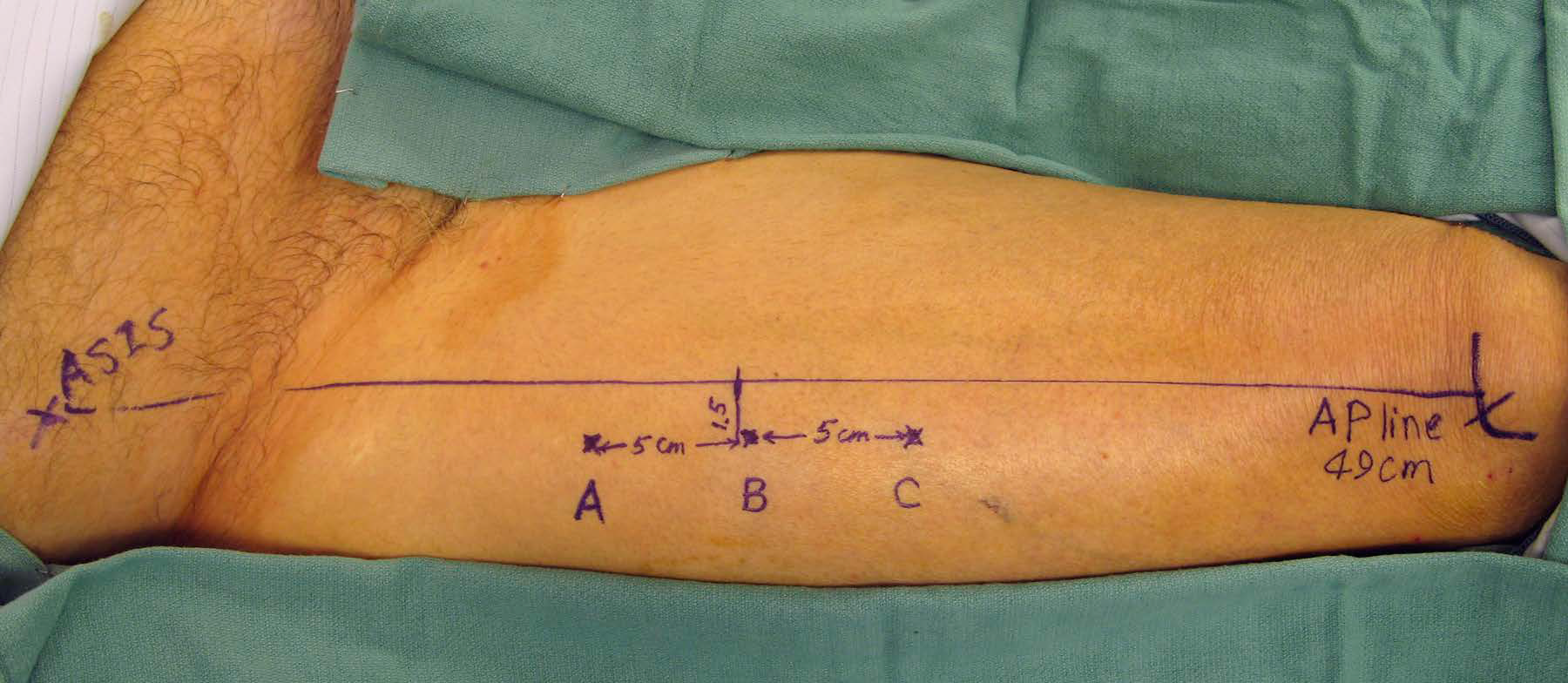
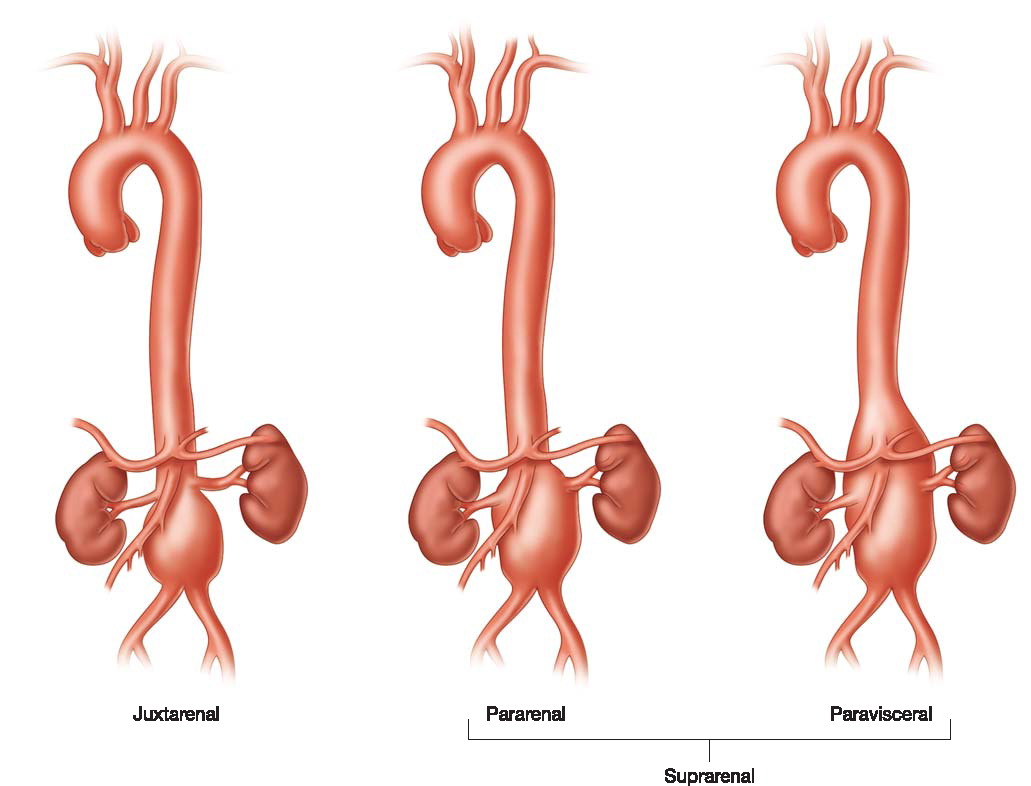
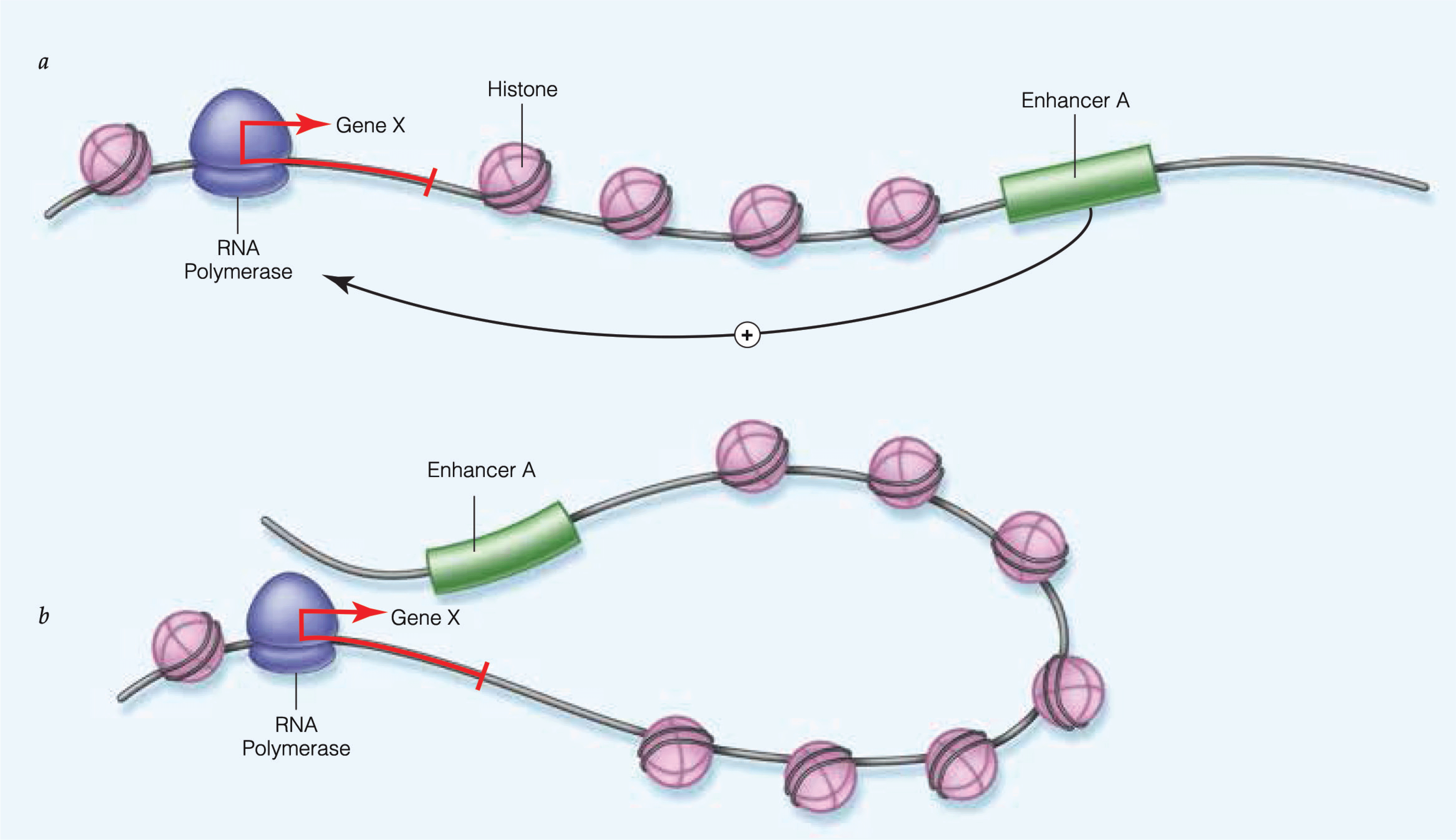
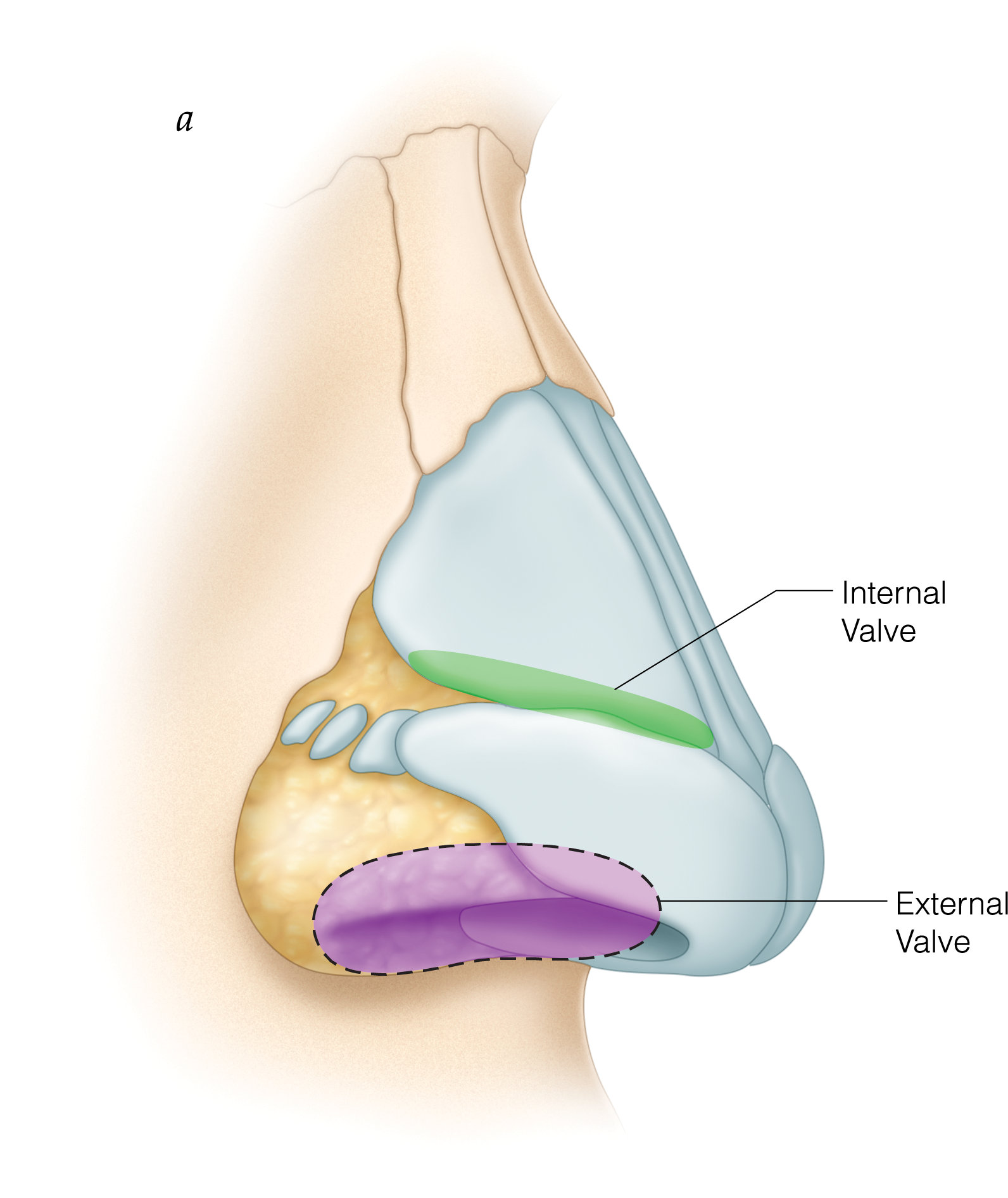
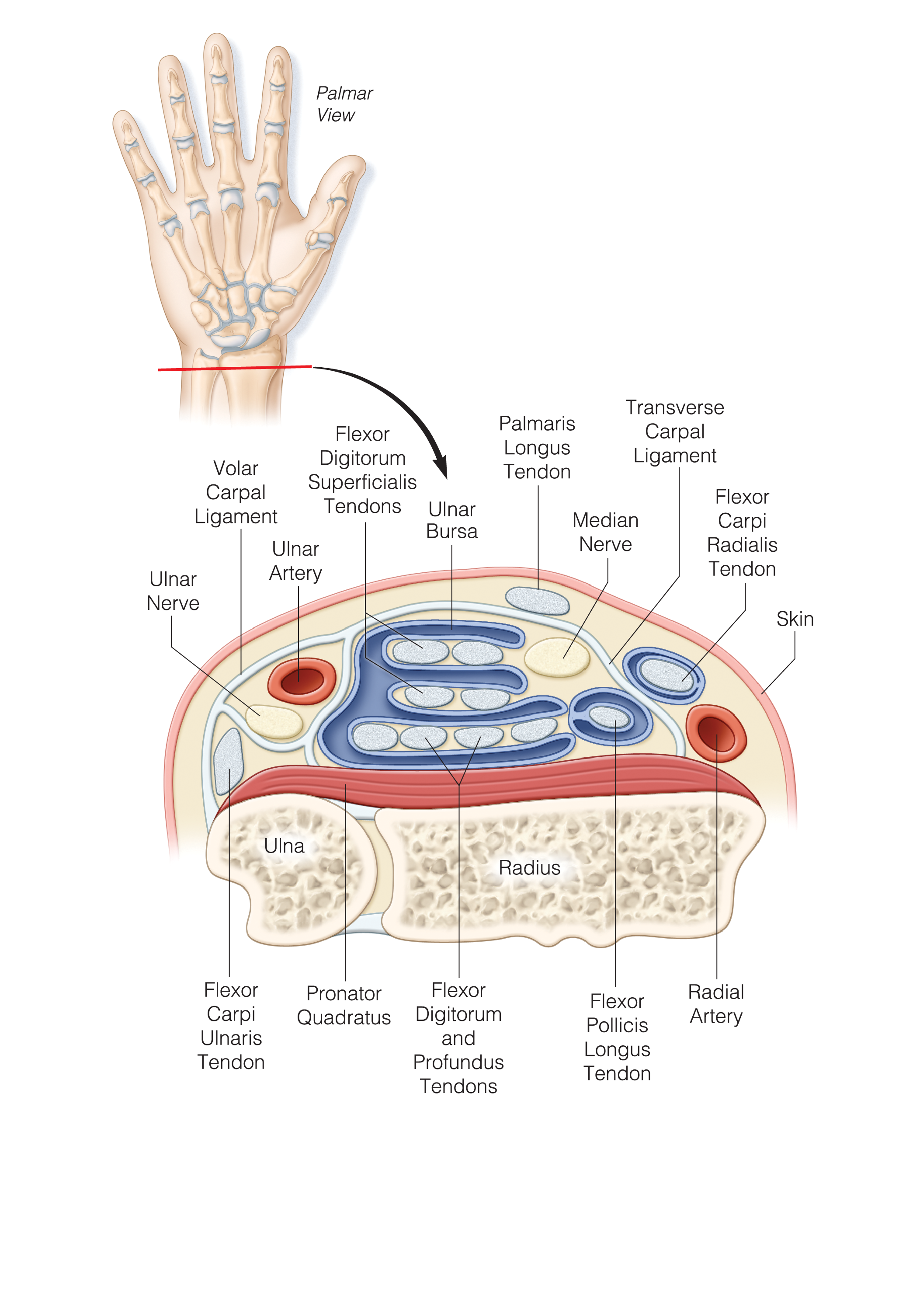
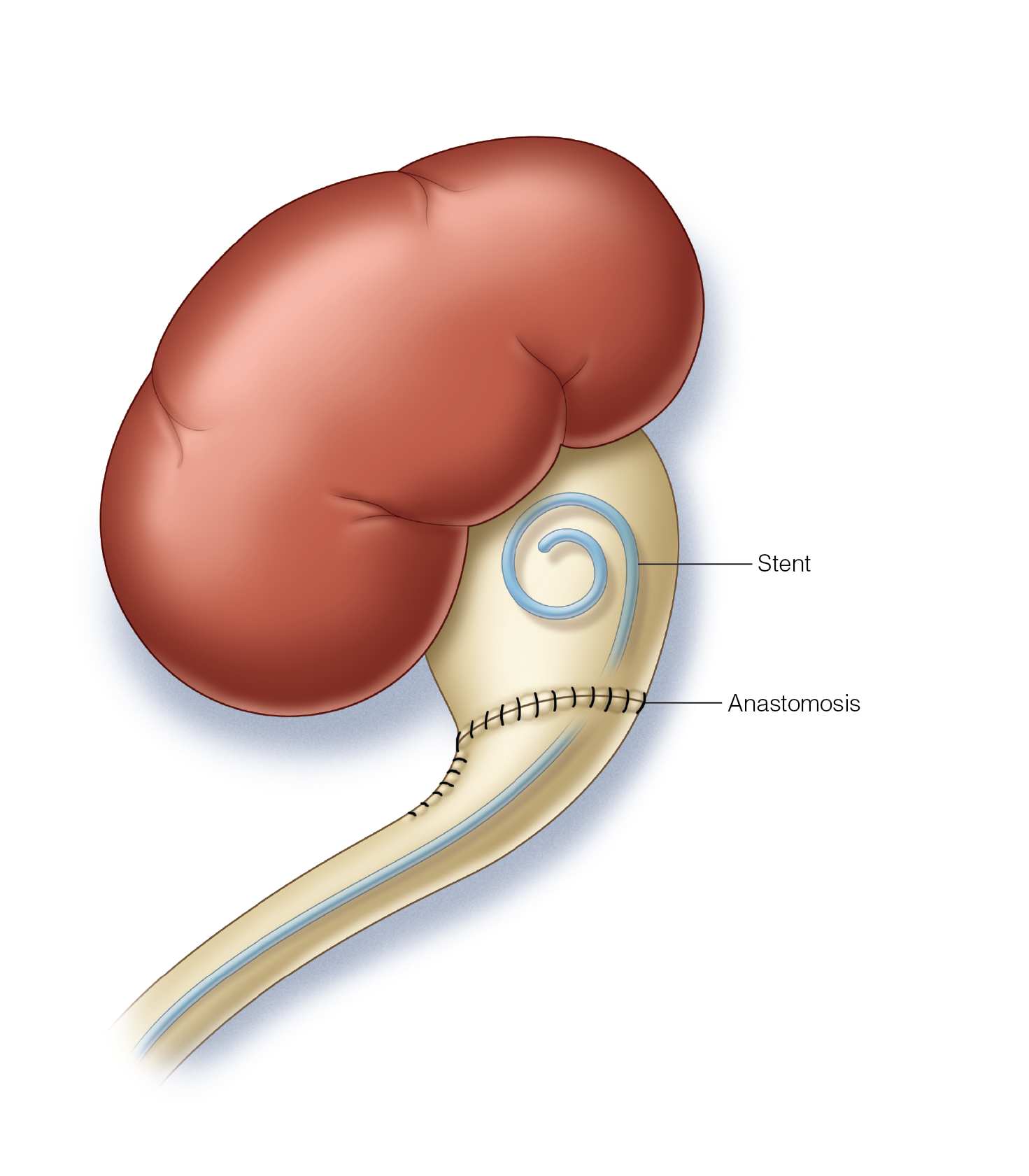


.png)







